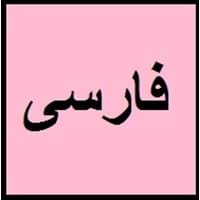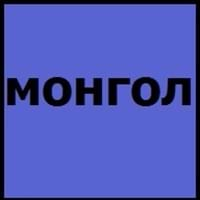Persian and Mongolian
- In Iran, Parsi language is known as Farsi, while in Afghanistan Persian language is known as Dari.
- Persian language has borrowed many loanwords from the Arabic language.
- Mongolian was first written using Phagspa script in late 13th century.
- There is no connection between Mongolian, Japanese and Korean, but still in terms of grammar and sentence structure they are very similar.
All Persian and Mongolian Dialects
Most languages have dialects where each dialect differ from other dialect with respect to grammar and vocabulary. Here you will get to know all Persian and Mongolian dialects. Various dialects of Persian and Mongolian language differ in their pronunciations and words. Dialects of Persian are spoken in different Persian Speaking Countries whereas Mongolian Dialects are spoken in different Mongolian speaking countries. Also the number of people speaking Persian vs Mongolian Dialects varies from few thousands to many millions. Some of the Persian dialects include: Western Persian, Dari Persian. Mongolian dialects include: Khalkha Mongolian , Ordos Mongolian. Also learn about dialects in South American Languages and North American Languages.
Persian and Mongolian Speaking population
Persian and Mongolian speaking population is one of the factors based on which Persian and Mongolian languages can be compared. The total count of Persian and Mongolian Speaking population in percentage is also given. The percentage of people speaking Persian language is 0.99 % whereas the percentage of people speaking Mongolian language is Not Available. When we compare the speaking population of any two languages we get to know which of two languages is more popular. Find more details about how many people speak Persian and Mongolian on Persian vs Mongolian where you will get native speakers, speaking population in percentage and native names.
Persian and Mongolian Language Codes
Persian and Mongolian language codes are used in those applications where using language names are tedious. Persian and Mongolian Language Codes include all the international language codes, glottocodes and linguasphere.





